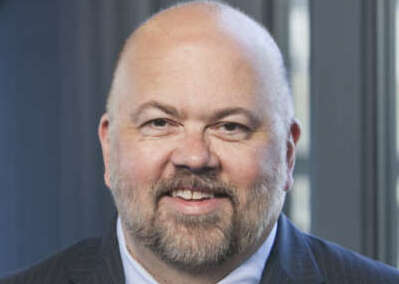
Government hiring of young people continues to be terrible
Commentator Jeff Neal says claims that the low numbers of under 30-year-old federal hires are due to decreased federal hiring in general aren't really true.
This column was originally published on Jeff Neal’s blog, ChiefHRO.com, and was republished here with permission from the author.
As I have reported before, the government is doing an absolutely miserable job when it comes to hiring young people. The most recent data (September 2018) in the Office of Personnel Management’s Fedscope shows the number of permanent government employees under age 30 is less than 127,000. The number of feds age 60 and older is 274,000.
Those numbers are the result of an aging federal workforce and the government’s apparent inability to attract and hire young people (particularly recent college graduates). The hiring numbers are especially troubling. In FY 2018, less than 4,000 hires were recent graduates. In fact, the number of new permanent hires in FY 2018 that were under age 30 was only 28,252 (28 percent of 100,821 total hires). That is down from 36,702 (28.1 percent of 130,286) in FY 2017 and 42,136 (27.5 percent of 153,366) in FY 2016. At the same time, the quit rate for employees under 30 increased from 12.2% in 2015 to 12.7% in 2016, then to 13.4% in 2017, before dropping to only 8% in 2018. A significant number of under 30 employees are leaving government entirely, while the remainder are aging out of the demographic and not being replaced.
Some people tell me that the low numbers of under 30-year-old hires are due to decreased federal hiring in general. That’s not really true. The total number of federal workers has been in the range of 2 to 2.1 million for several years. Federal hiring dropped precipitously in FY 2018 to only 175,332, from 215,100 in FY 2017 and 122,105 in FY 2016. That number is not the least bit surprising, because the number of people leaving government also dropped in FY 2018 to only 166,297, from 227,626 in FY 2017 and 234,442 in FY 2016. The government hired fewer people because it had fewer people leave.
At the same time that federal hiring slowed, the number of new hires under age 30 slowed by the same amount. Right now about 28% of new hires are under age 30. In FY 2008, when the Federal Career Intern Program (FCIP) still existed, people under age 30 accounted for more than 42% of total federal hiring. The Pathways Program was supposed to fill the gap created by killing FCIP in 2011, but it didn’t work. Now the number of employees over 60 is growing rapidly as the workforce ages, and the number under 30 has tanked. It is only going to get worse.
You might be thinking, “didn’t Congress pass a law to fix that?” Yes, it was 5 USC § 3116, but it includes a limitation that says “Except as provided in paragraph (2), the total number of students that the head of an agency may appoint under this section during a fiscal year may not exceed the number equal to 15% of the number of students that the agency head appointed during the previous fiscal year to a position in the competitive service at the GS–11 level, or an equivalent level, or below.” The paragraph 2 exception allows the director of OPM to reduce the number even more.
Related Stories
The law should be amended to allow agencies to hire whatever number they need using the expedited hiring authority. Even then, the government will have to do more to build its employer brand. Absent that, we are going to continue seeing the number of young employees dropping and the workforce aging to the point where the non-existent “retirement tsunami” that was hyped for years changes from fantasy to reality.
Jeff Neal is a senior vice president for ICF and founder of the blog, ChiefHRO.com. Before coming to ICF, Neal was the chief human capital officer at the Homeland Security Department and the chief human resources officer at the Defense Logistics Agency.
Copyright © 2024 Federal News Network. All rights reserved. This website is not intended for users located within the European Economic Area.




